
After watching the Hongshan Culture, it was already the afternoon. I won’t describe the gathering with local friends. Considering the next day’s itinerary, we arrived in Jinzhou City from Chaoyang in the evening.
Jinzhou, as the central city in western Liaoning, is indeed much more developed than Chaoyang. When we booked the hotel, we were told that there were parking spaces, but when we arrived, the small parking lot was already full, and we had to walk a long way to find the road. I found a location during the National Day holiday. It was really crowded here during the National Day. The price of the hotel was scary and the conditions were average.
The next morning I woke up and went to see the Guta Park in Jinzhou. It was right in the city center and not far from the hotel. The park was nearby and I found a parking space as soon as I arrived. It was better than the hotel.
This park is actually a city park, and the ancient pagodas are of course its special features. Judging from the pagodas I have seen in the past few days, it seems that the pagodas in western Liaoning are all of the same style.
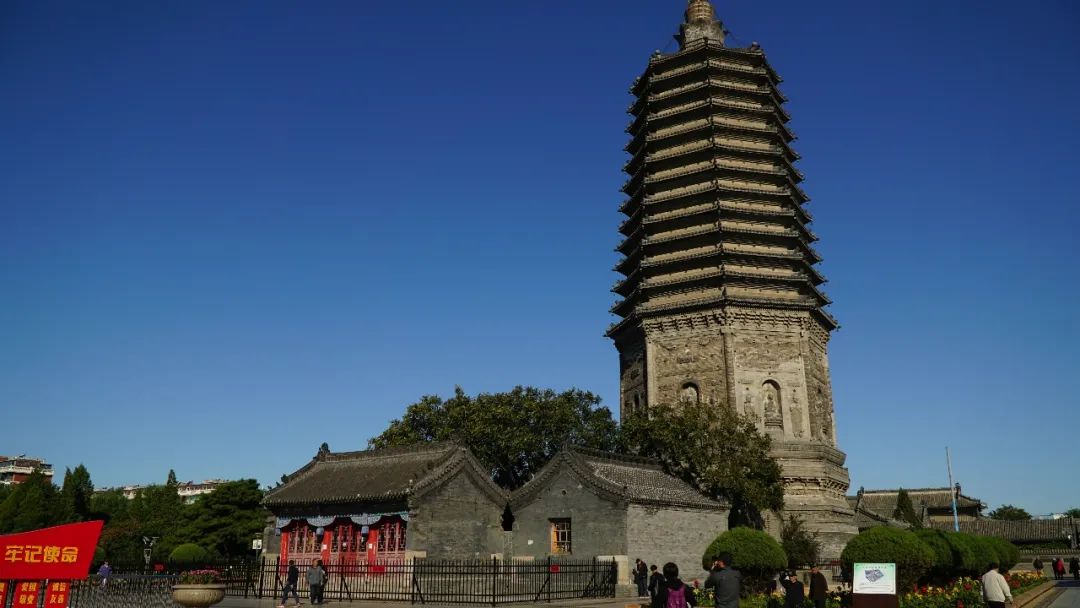
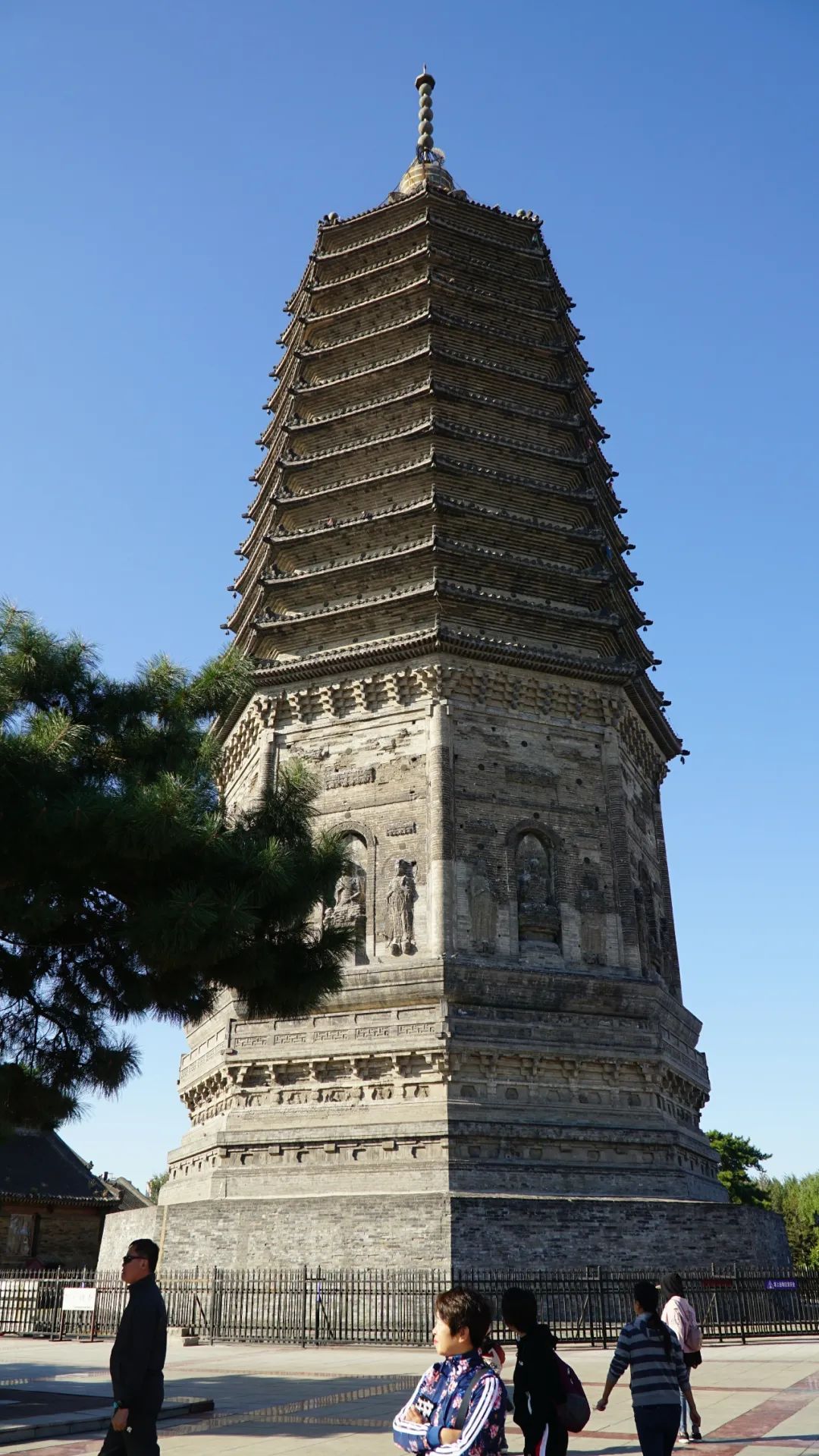

The main thing is to circle around the tower.
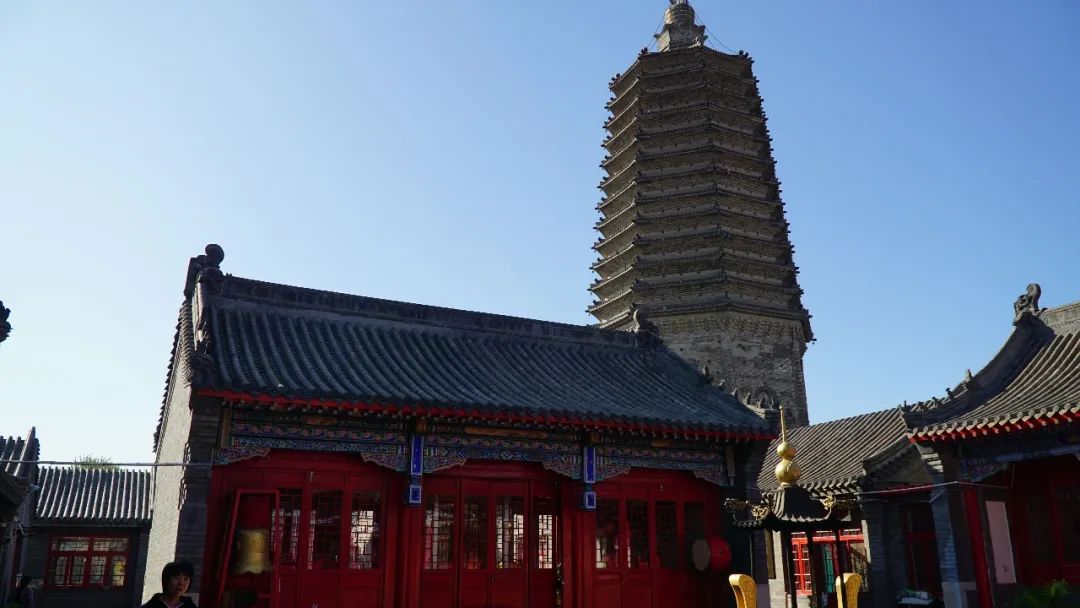
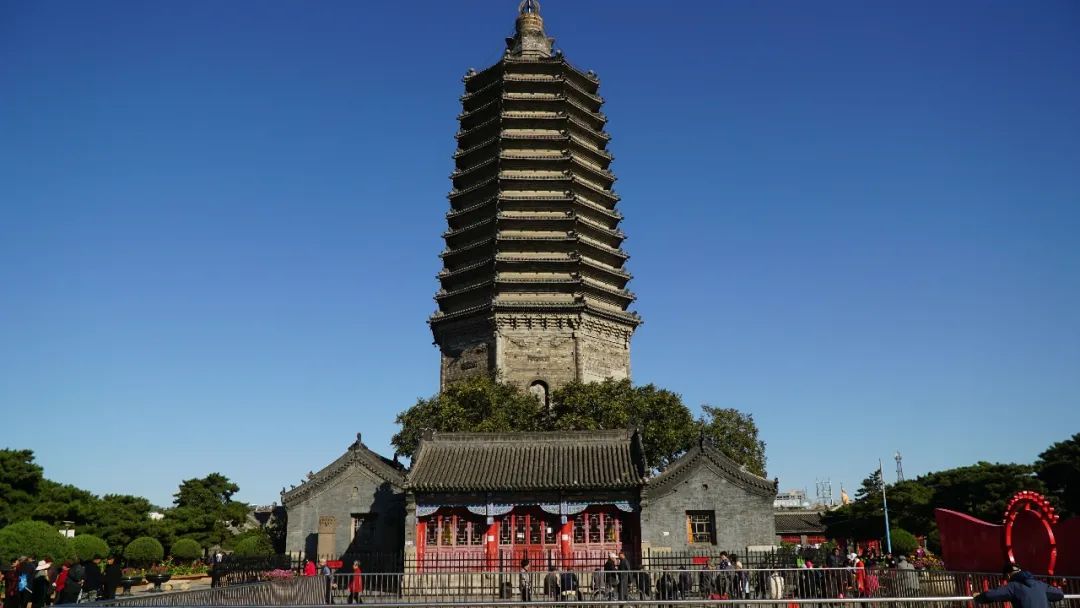
Below the tower is Daguangji Temple. This pagoda is also called the Guangji Temple Pagoda. Both the pagoda and the temple were built during the Qingning period of the Liao Dynasty. Except for some of the base components of the main hall that are original from the Liao Dynasty, the rest were built during the Daoguang period of the Qing Dynasty. Guangji Temple Pagoda is a typical Liao Dynasty pagoda. It is an octagonal and thirteen-level solid brick pagoda with dense eaves. After comprehensive repairs in 1996, the tower reached a height of 71.25 meters.
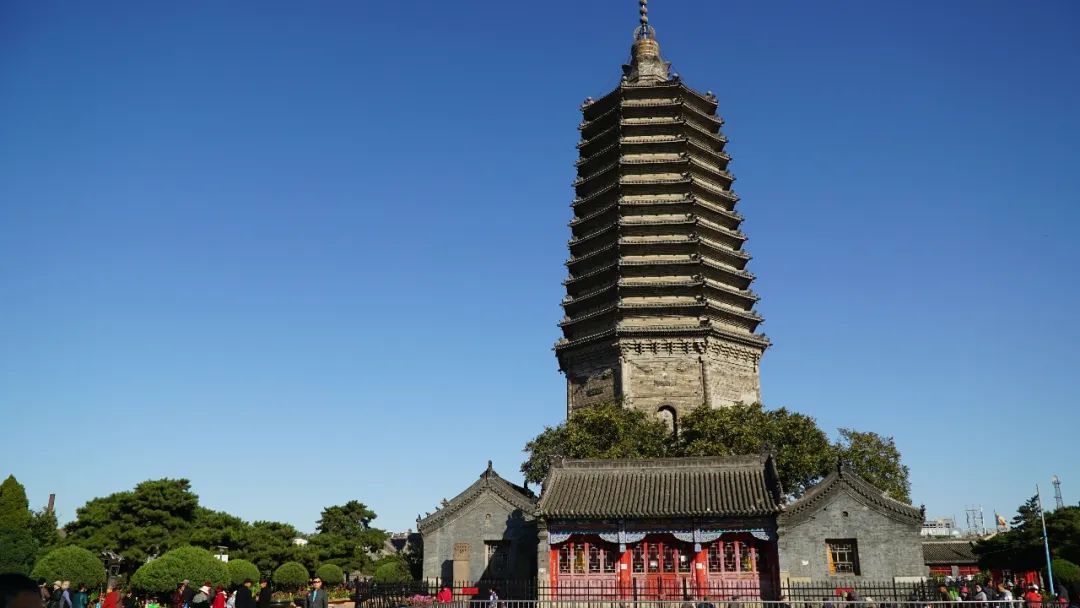


Learn from the perspective of promotional materials to take pictures of this tower.

There is a small forest to the west of the tower. The main raw material in it is the fossilized wood, which is a specialty of the western Liaoning region. It is the fossilized wood we saw in the Chaoyang Bird Fossil Park. It is piled up to form a stone forest scenic spot.
The petrified wood forest is located in the north of the park, covering an area of more than 4,000 square meters. It consists of more than 200 petrified wood trees forming a petrified wood forest landscape. It is the second ex-situ preserved petrified wood forest in the world after the Shenzhen Petrified Wood Forest. These petrified wood are produced in Yixian and western Liaoning areas and were formed 150 million years ago. It looks like wood, but feels like jade.
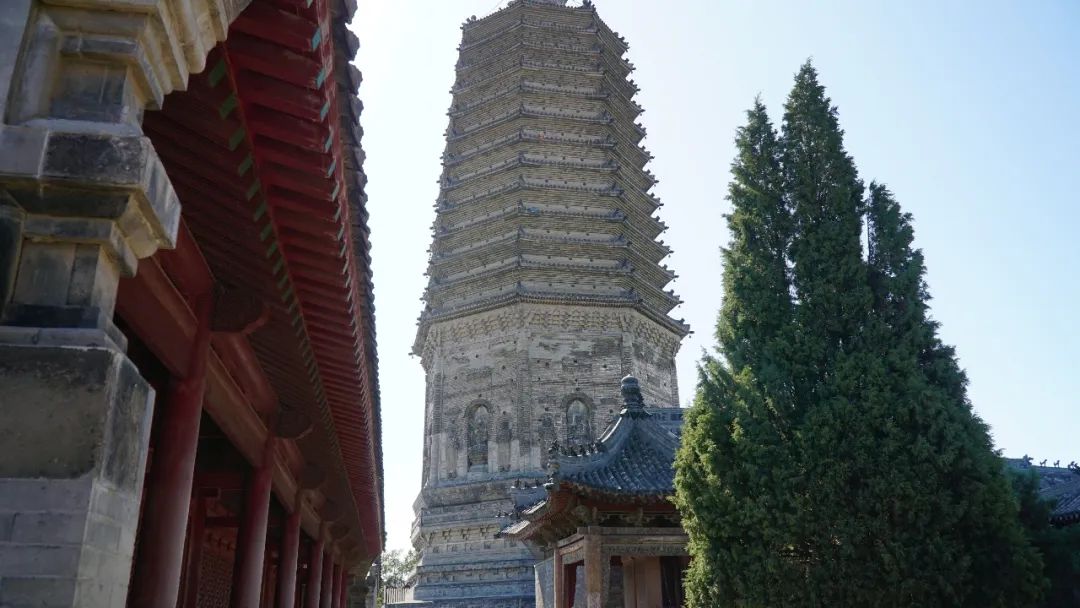
Go out from the fossil forest in the west, and then walk eastward from the road in the north of the park, and you will actually see the Jinzhou Museum. You still need to see this.
Jinzhou Municipal Museum is a national second-level museum located on the north side of Guta Park. It was established in 1953.
The Jinzhou Municipal Museum is divided into two parts: the east and west parts. The west part is the newly built exhibition hall, covering an area of more than 7,000 square meters and a construction area of more than 5,700 square meters. We are looking at this part. There are 6 exhibition halls inside, each displaying the "Beauty of Splendid Embroidery". "State" historical civilization exhibition, cultural relics exhibition, Liaoxi customs exhibition, folk crafts and other exhibitions. As for the east, there is the Daguangji Temple ancient building complex we just saw.
This is the only place to see in Jinzhou City, and then we headed towards the more famous local attraction, North Putuo Mountain. The traffic jam started as we approached the mountain gate. After buying a ticket at the ticket office, we could continue driving in. In fact, it was still quite far inside! We drove to the last parking lot.
North Putuo Mountain is located 7 kilometers from the northwest suburb of Guta District, Jinzhou City, Liaoning Province. It runs from southeast to northwest, with a length of 10 kilometers, a width of 5 kilometers, and a radius of 27.26 square kilometers. The highest peak, Jiguan Mountain, is 366 meters above sea level.
North Putuo Mountain has a long history of founding and has profound cultural heritage. It faces South Putuo Mountain from a distance and is known as the "No. 1 Buddhist Mountain outside China". I don't think it has such a great reputation.
According to historical records, temples have been built in Bei Putuo Mountain since the first year of Wude in the Tang Dynasty (AD 618). During the Liao Dynasty, Yelu Bei, the eldest son of Yelu Abaoji, the Taizu of the Liao Dynasty, lived in this mountain for a long time. The name of Bei Putuo Mountain was determined at that time. down. During the Ming and Qing dynasties, it became famous throughout the country as the "No. 1 Cave" in western Liaoning.
Beiputuo Mountain Scenic Area is divided into nine scenic areas with more than 50 scenic spots, integrating strange caves, wonderful Buddhas, holy springs and precious trees. We didn’t know how many we could see. We came out of the parking lot and looked for Beiputuo Temple first. After all, this is the key point.
Beiputuo Zen Temple was built during the Northern Wei Dynasty, and the Buddha statues enshrined there are more than a thousand years old;

After walking in the direction indicated for a while, you will see Beiputuo Temple. Here is the main entrance and the Tianwang Hall, which is crowded with people.

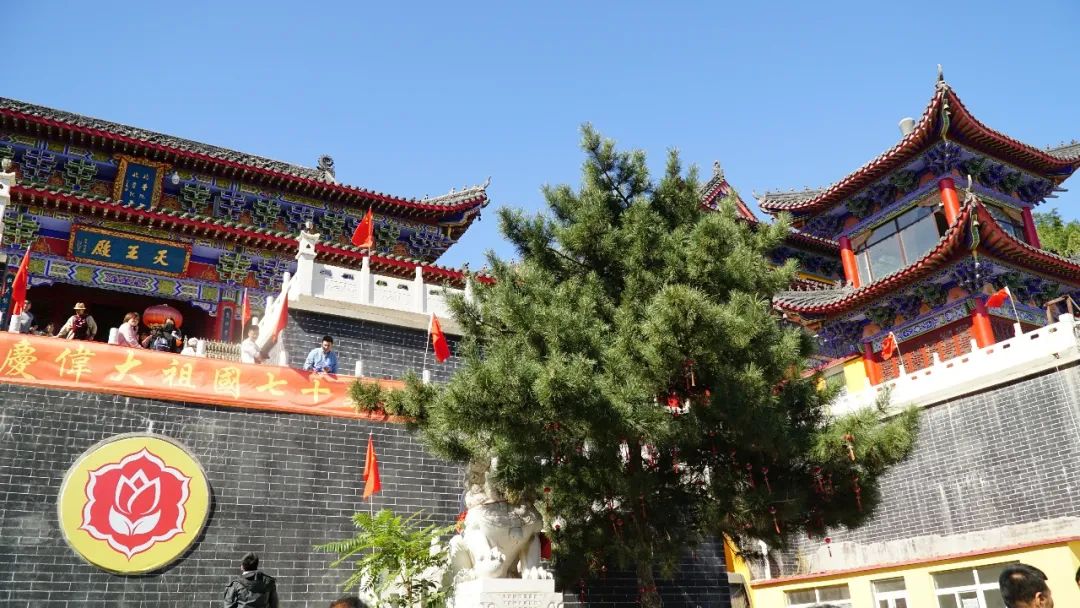

After entering, it suddenly became clear that this scenic spot is here and keeps going to the back. I think the rooms on both sides are hotels, for guests who offer incense.

Enter through the door under the Guanyin Statue. It is called the Guanyin Holy Land and is the largest Guanyin cultural exhibition hall in China. It is actually a cave similar to a civil air defense project. It is very long inside and there are various Guanyin statues and statues in each room. Buddhist stories are very cool on a hot day!

The Dripping Guanyin is the largest standing Guanyin statue in western Liaoning. The statue is 25 meters high, as white as jade, and spreads its branches in the wind, spreading holy water. It is known as "the largest Buddha in western Liaoning";
From now on, continue walking up and pass through a large hall called the Hall of Ten Thousand Buddhas, and you will see this building like the Temple of Heaven - the Dharma Treasure Tower.
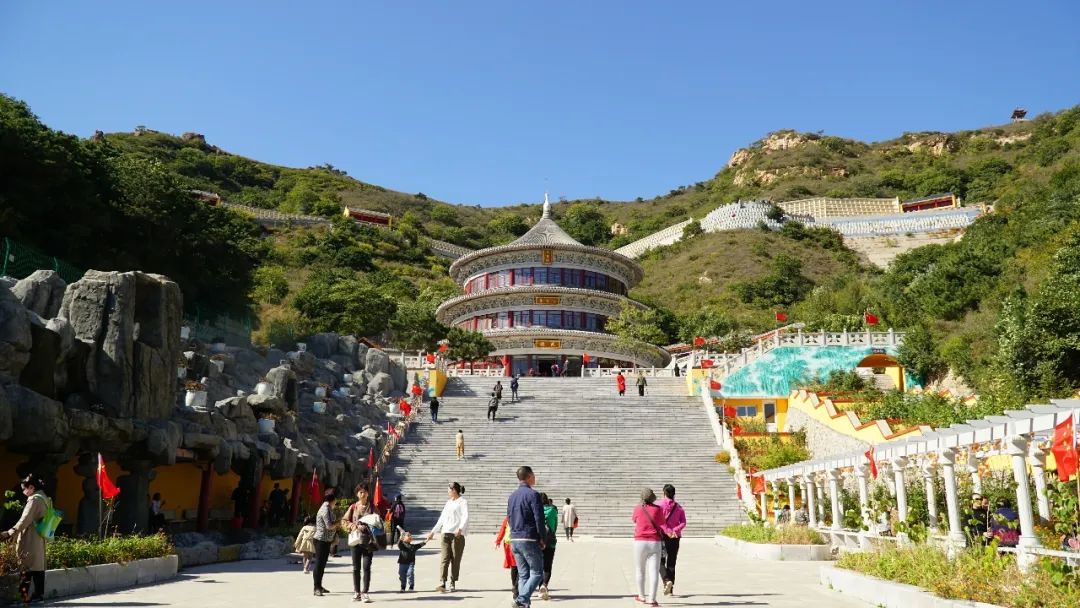

The Dharma Treasure Building of Beiputuo Zen Temple enshrines the Nirvana statue of Burmese Jade Buddha Sakyamuni and the rare real relics of the Buddha. The statue shows the statue of the Buddha who meditated and died in the eucalyptus forest when he was 80 years old.
There is a very high hill to climb from the Magic Treasure Building, which is quite a test on my physical strength, but I still persisted in going up.

View the city of Jinzhou from the mountain.
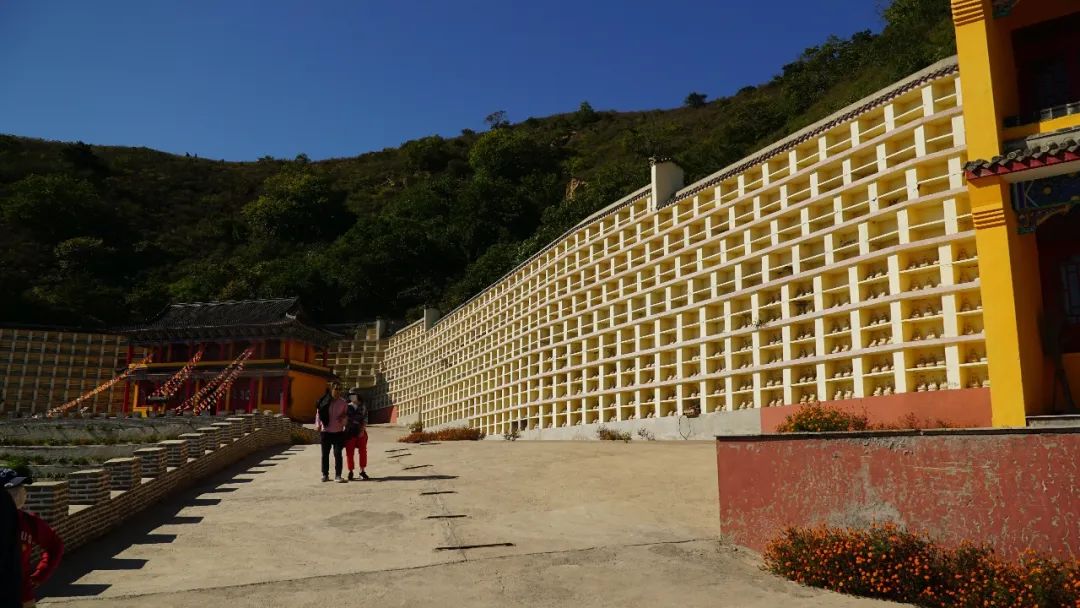

On the east side of the Beiputuo Mountain Zen Temple is the Five Hundred Arhat Slope. The five hundred Arhats have different shapes and are lifelike. They protect the Buddha together, like stars holding the moon, creating a solemn atmosphere of the Western Paradise. The great eminent monk Master Weixian wrote an inscription and named it "The No. 500 Arhat Slope in the World".
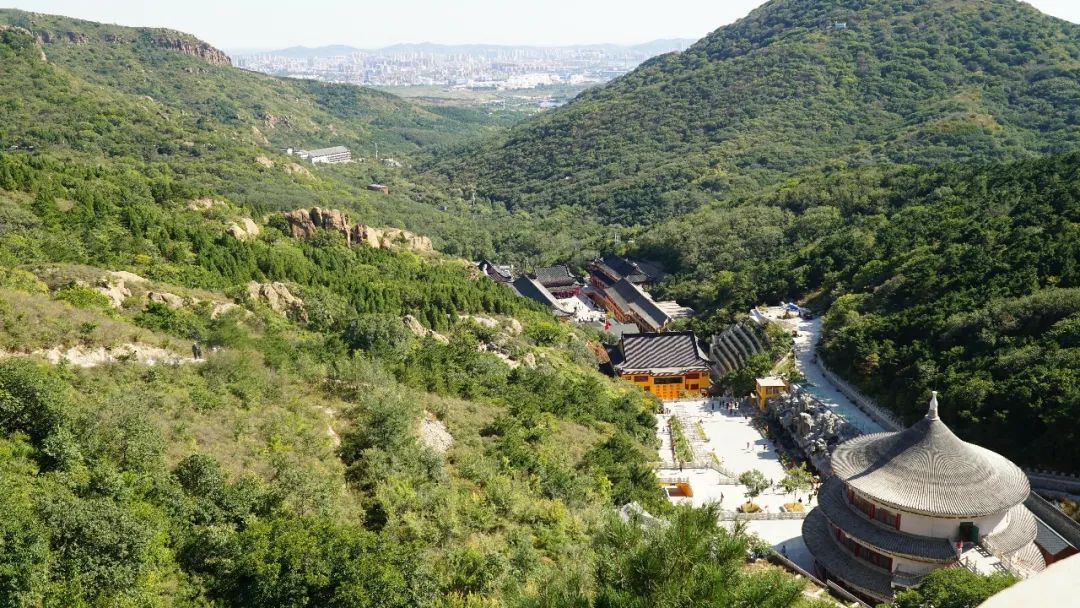
Take a picture of Beiputuo Temple on the mountain.
Then go down the mountain along a small road next to it. There are quite a few small statues of characters from Journey to the West on the roadside. Return to the gate of Beiputuo Temple, walk to about the parking lot, and follow another road to Guanyin Cave.
The so-called Guanyin Cave is a group of buildings close to the mountain. What is really famous is the statue of Guanyin on the cave wall.

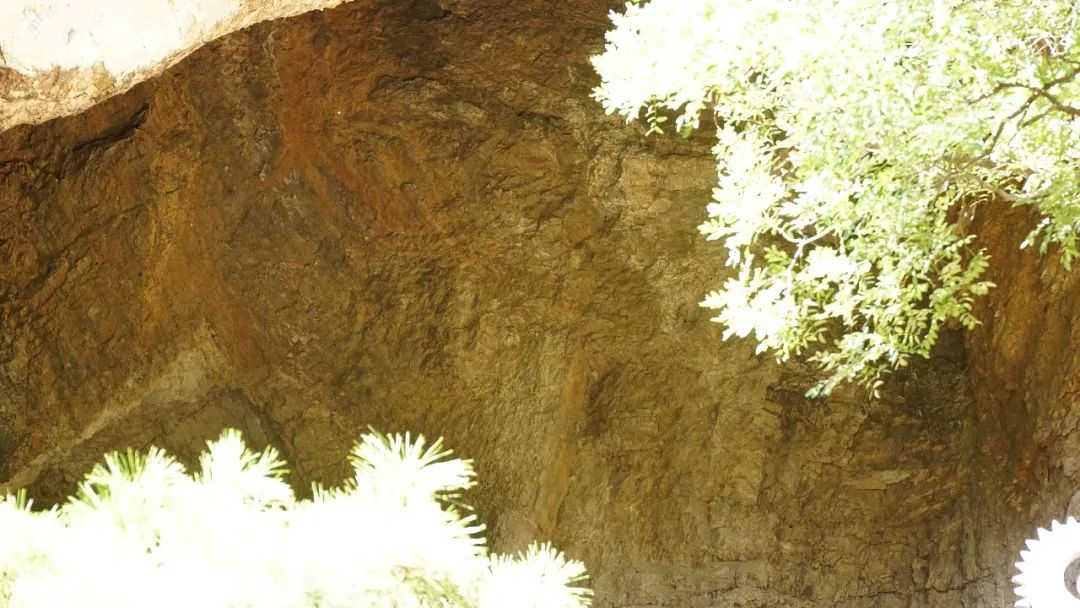

It is rumored that the texture on the mountain is a statue of Guanyin. Unfortunately, I still can’t see where this statue is.
Going further outside is the scenery of mountains and rivers, nothing special.

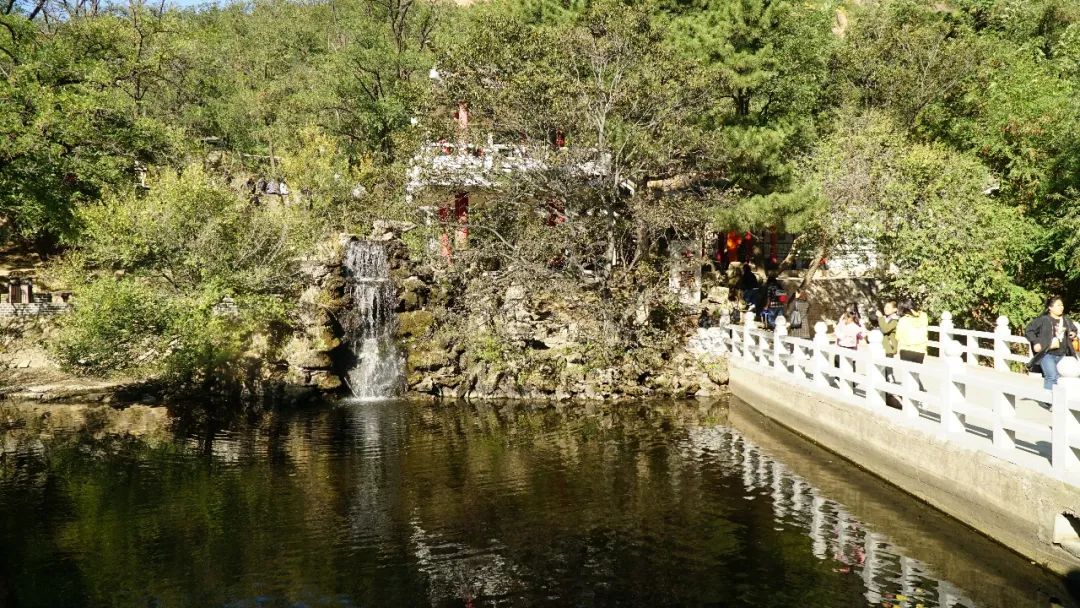

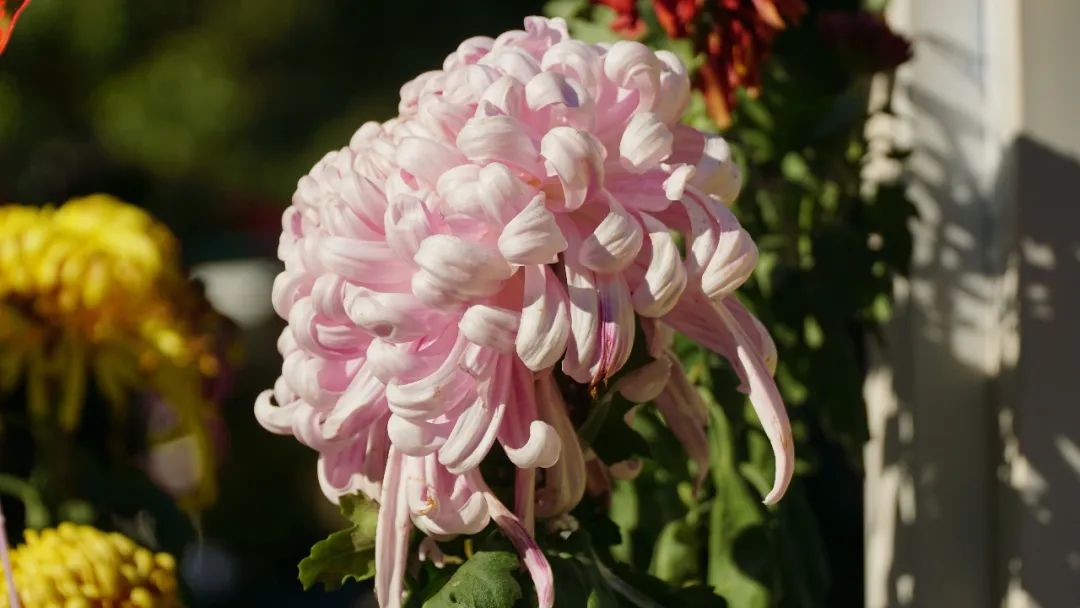
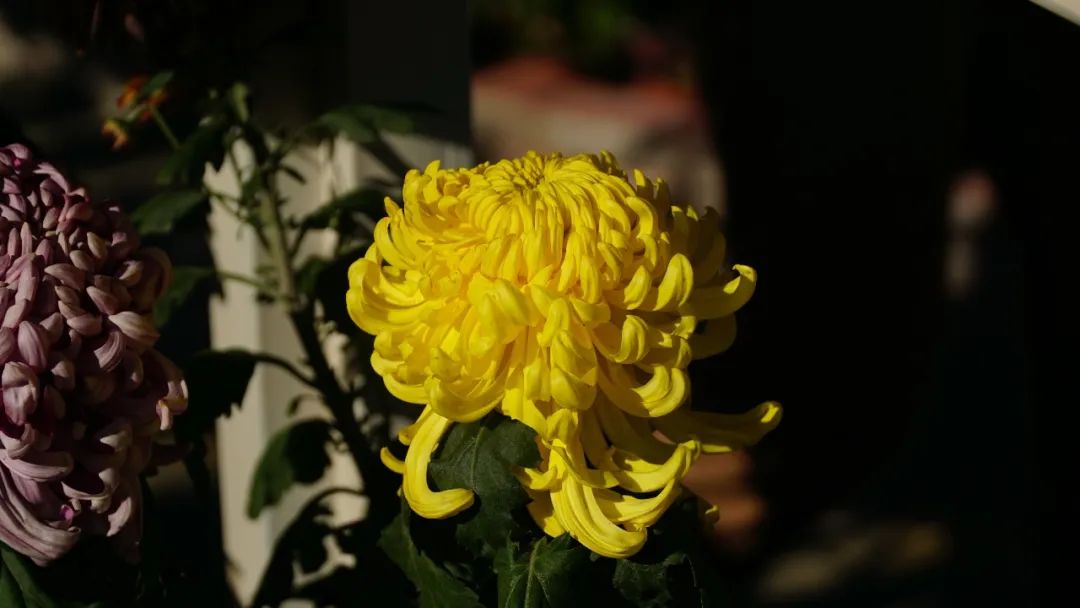

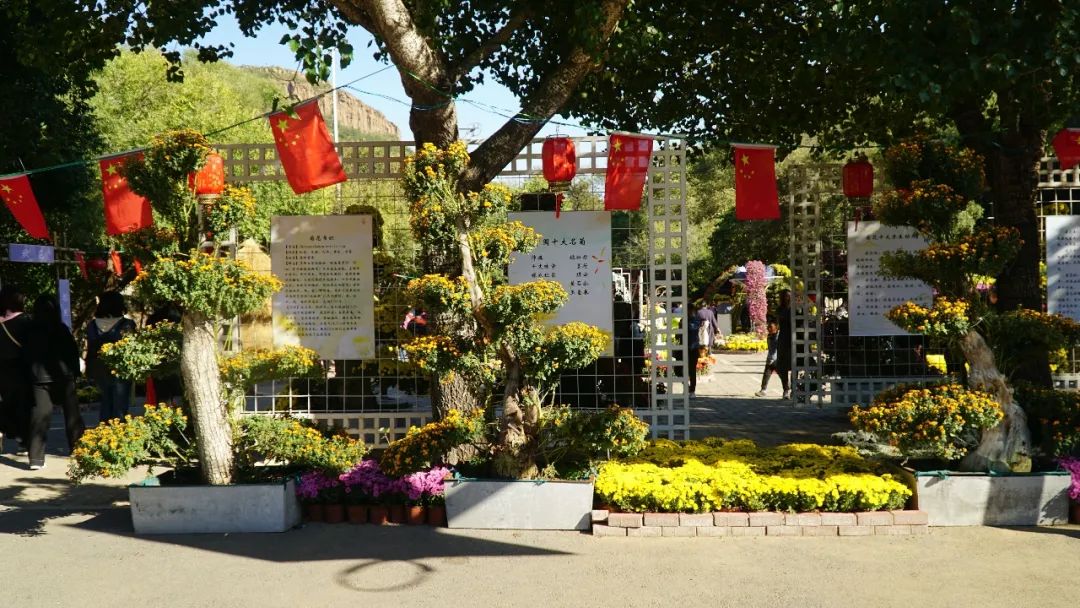
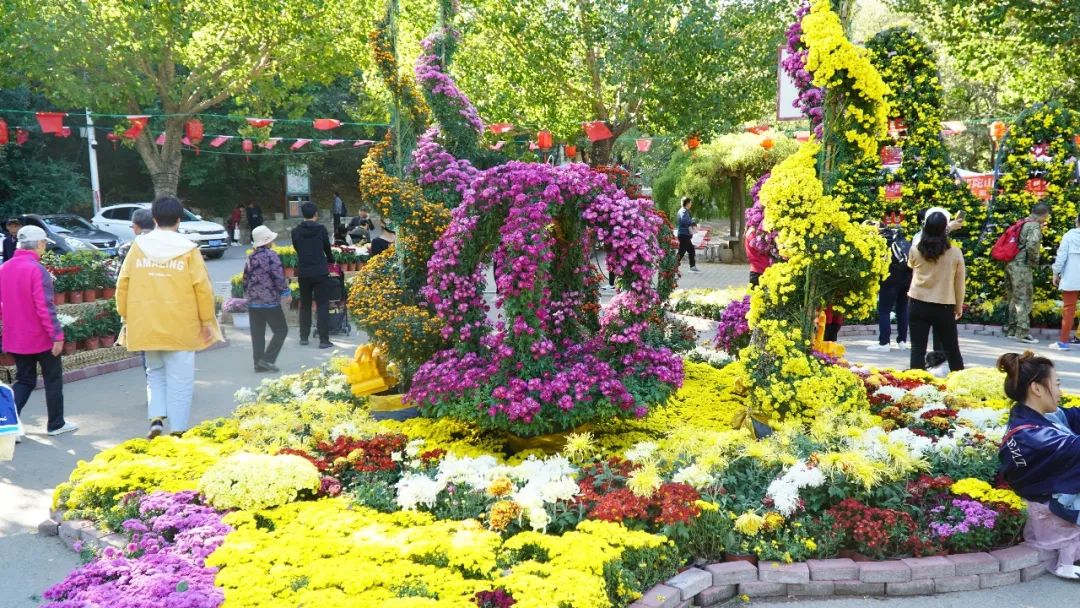


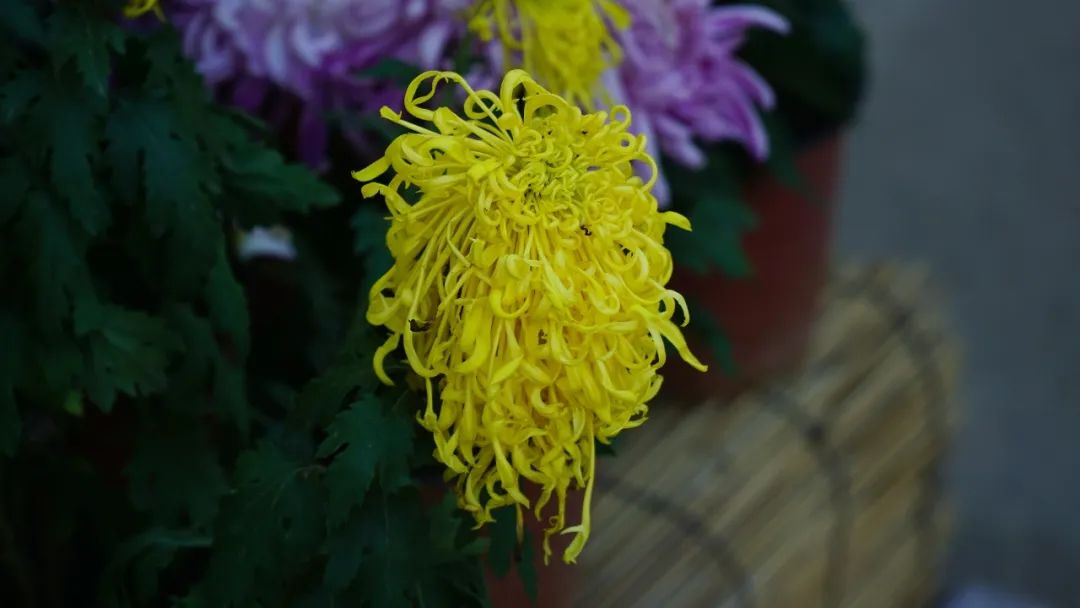
Catch a flower show.

This mountain has some meaning.
